Continuous Integration and Delivery are the foundations of Modern Software Development. Continuous Integration and Delivery process is going to help your team in the following aspects:
- Revision Control
- Build Automation
- Automated Deployment
- Reduced Overhead
- Consistent Build Process
- Confidence and Team Communication
- Risk Mitigation
In this article, I am going to show you how to set up Continuous Integration and Delivery for SharePoint Framework Web Part.
Tools Needed
- Visual Studio Team Service – Source Control System
- Visual Studio Code – Code Editor
- SharePoint Framework Development Environment – Refer
- Git Repository Project in Visual Studio Team Service(VSTS)
- Git Commands
- A SharePoint Document Library that acts as a CDN
- SharePoint App Catalog Site
- A SharePoint Site to test the app
SharePoint Framework(SPFx) Git Project Configuration
The first step is to create a SPFx Git Repository Project in VSTS.
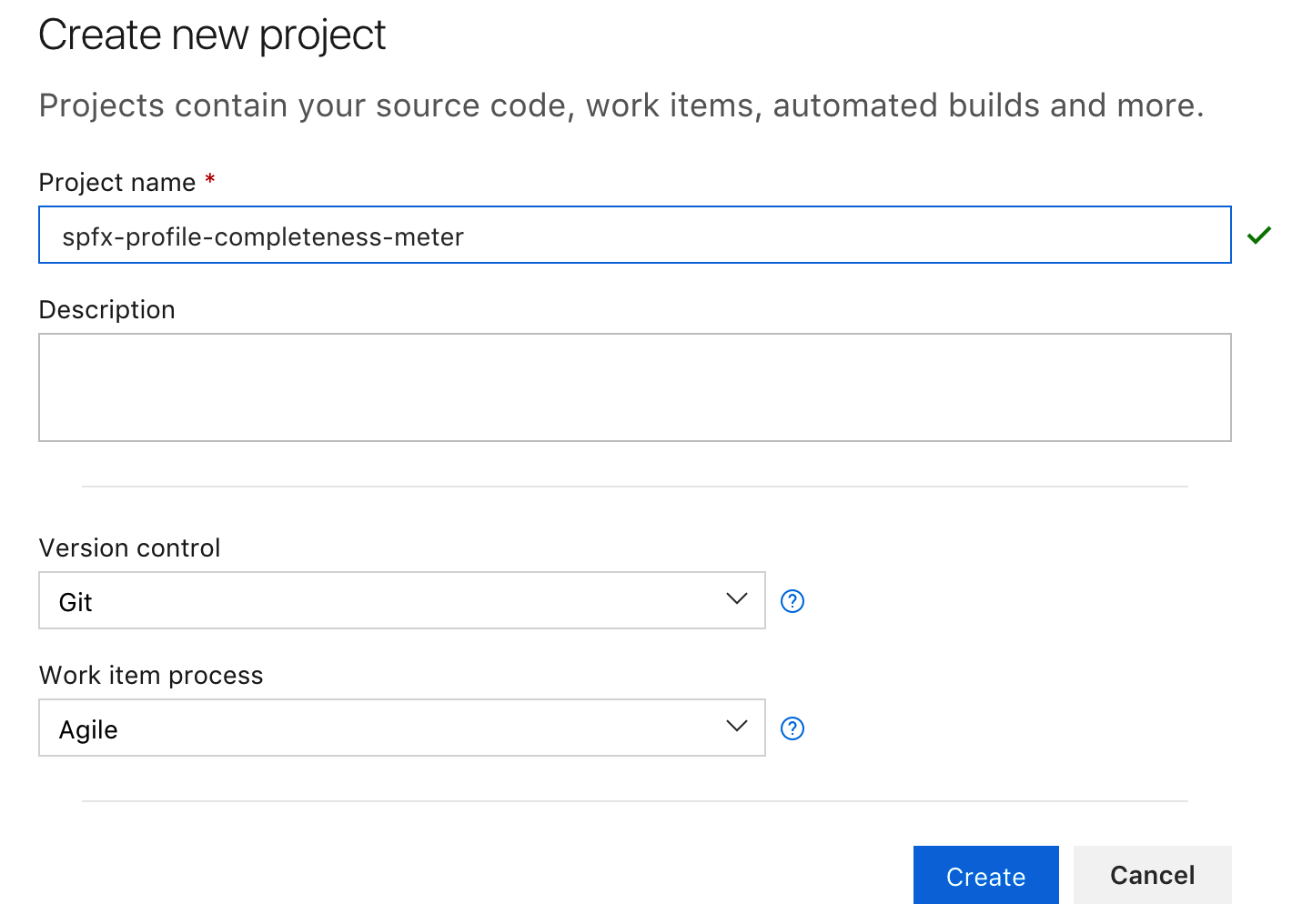
(Example)
Let us clone the newly created Git project into your favorite local folder using the following git command
git clone -b master repopath
SharePoint Framework(SPFx) Web Part Setup
Go to the project directory using command prompt/ terminal and set up your SPFx Web Part project as explained here. I am going to use my sample code here but feel free to write your own logic in your SPFx Web Part.
This is my project folder structure
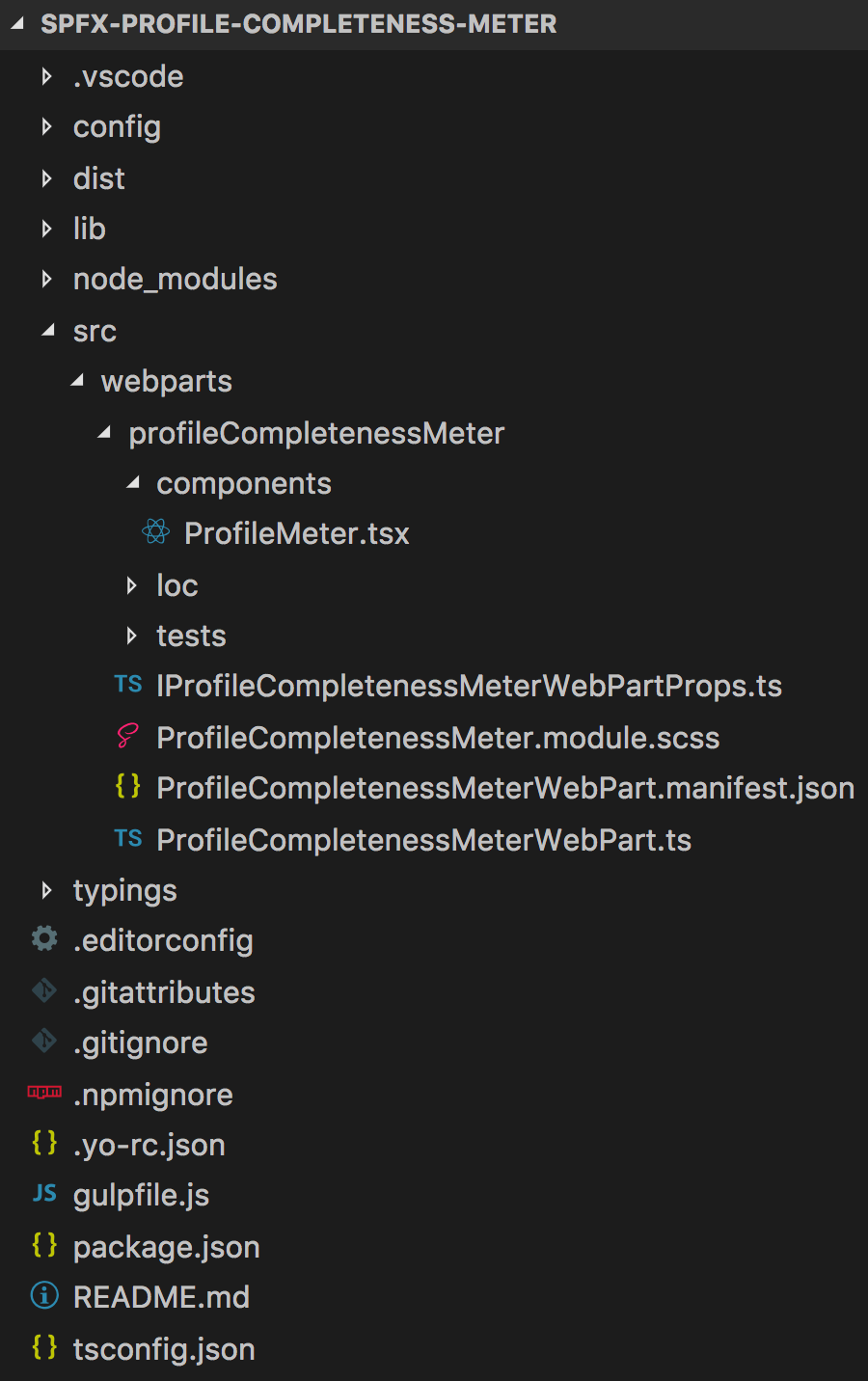
One Time Activity
Let us package artifacts and upload the files in app catalog site and CDN library.
Open the write-manifests.json file under config folder and update the cdnBasePath parameter with your CDN SharePoint Document Library path.

Make sure you are still in the project directory you used to set up your web part project. In the console window, execute the following gulp task:

This will build the minified assets required to upload to the CDN library in temp\deploy directory. Go to your CDN SharePoint Library and upload the generated files.

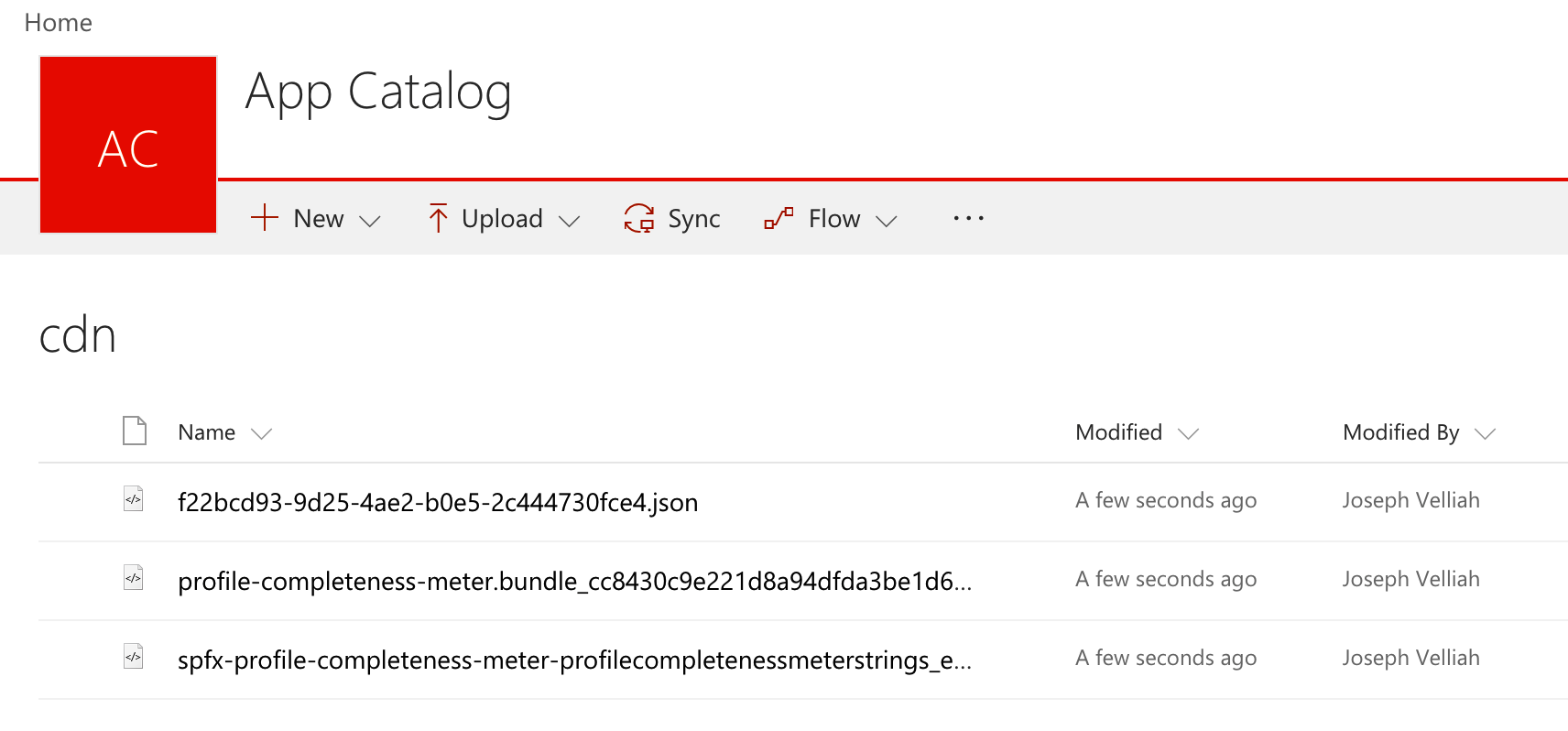
In the console window, execute the following gulp task to package your client-side solution that contains the web part:

The command will create the .sppkg package file in the sharepoint/solution.

Go to your App Catalog site and upload the generated .sppkg file to the App Catalog. This will deploy the client-side solution package. SharePoint will display a dialog and ask you to trust the client-side solution to deploy. Click deploy.
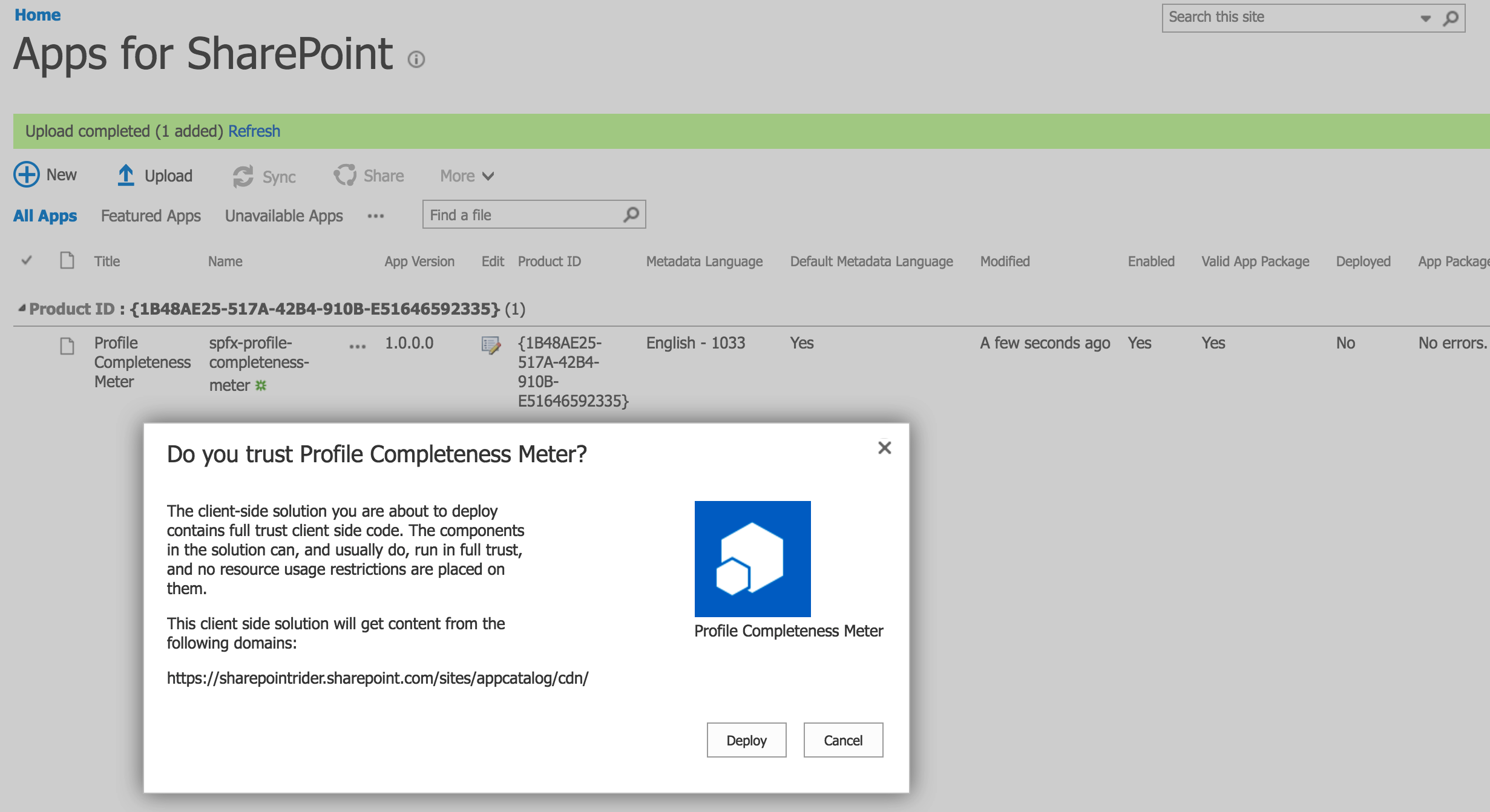
At this point the web part is ready to be used on a page. Open a site where you want to test the web part and go the Site contents page of the site. Choose Add – App from the toolbar and choose the your app to be installed on the site.

After the app has been installed, add the webpart in a page
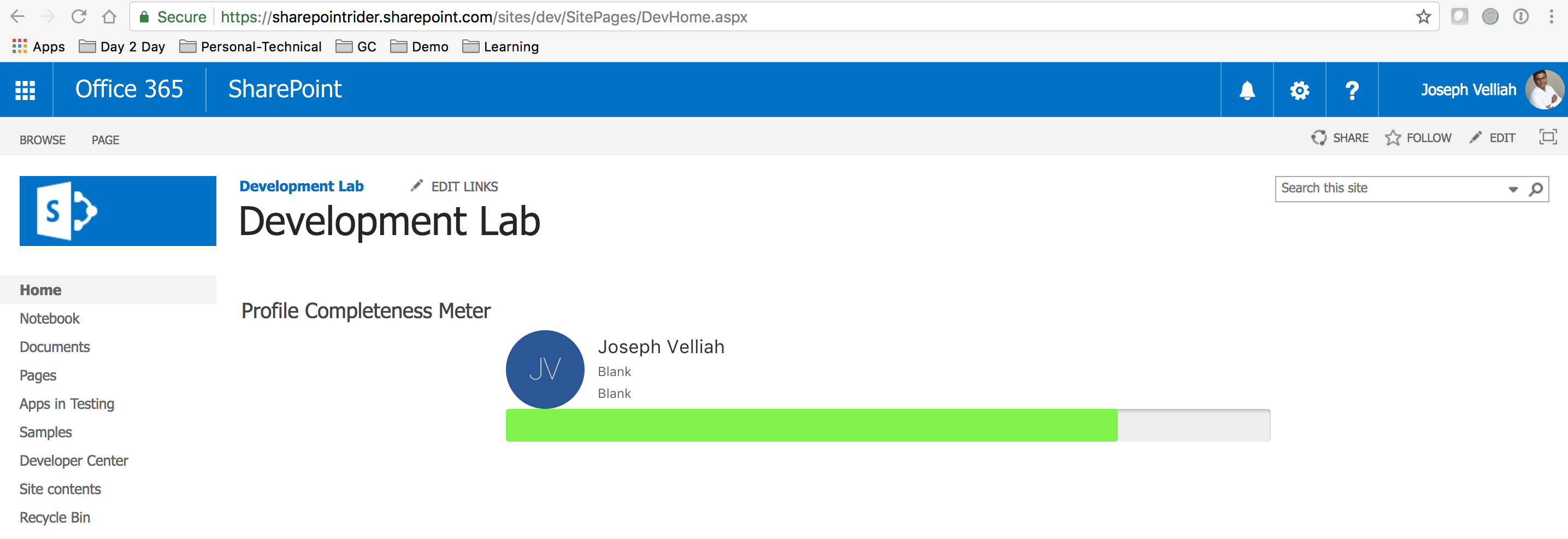
Check-in the code and push the same to master branch via Visual Studio Code editor.
Climax
At this point we are ready integrate our SPFx web part project repository with VSTS continuous build and release process.
Gulp Tasks
Upload the highlighted custom gulp tasks provided by Elio Struyf and install the necessary npm packages as per the instruction given.
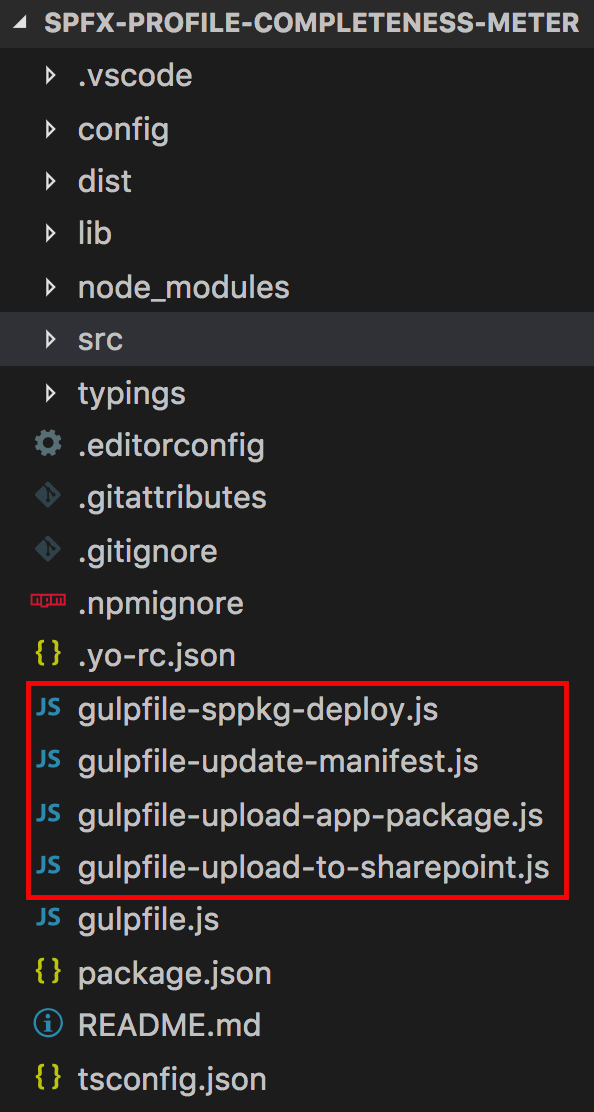
Update the gulpfile.js as shown below:
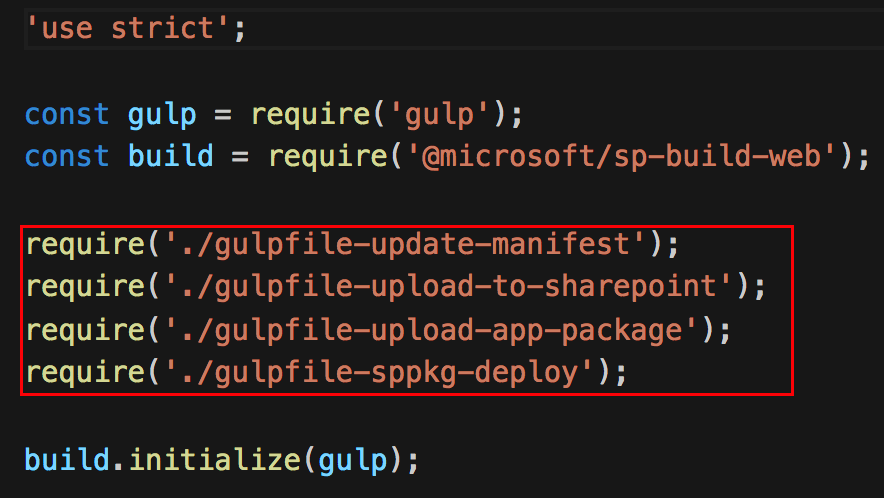
Continuous Integration and Delivery Setup in VSTS
Switch back to VSTS
Go to build & release section and click New button
Select the empty template and click Apply.
Variables
Configure the following variables for the build and release. Adjust the values as per your environment.

Tasks
Add the following tasks and configure it as shown below
Process

Get Sources
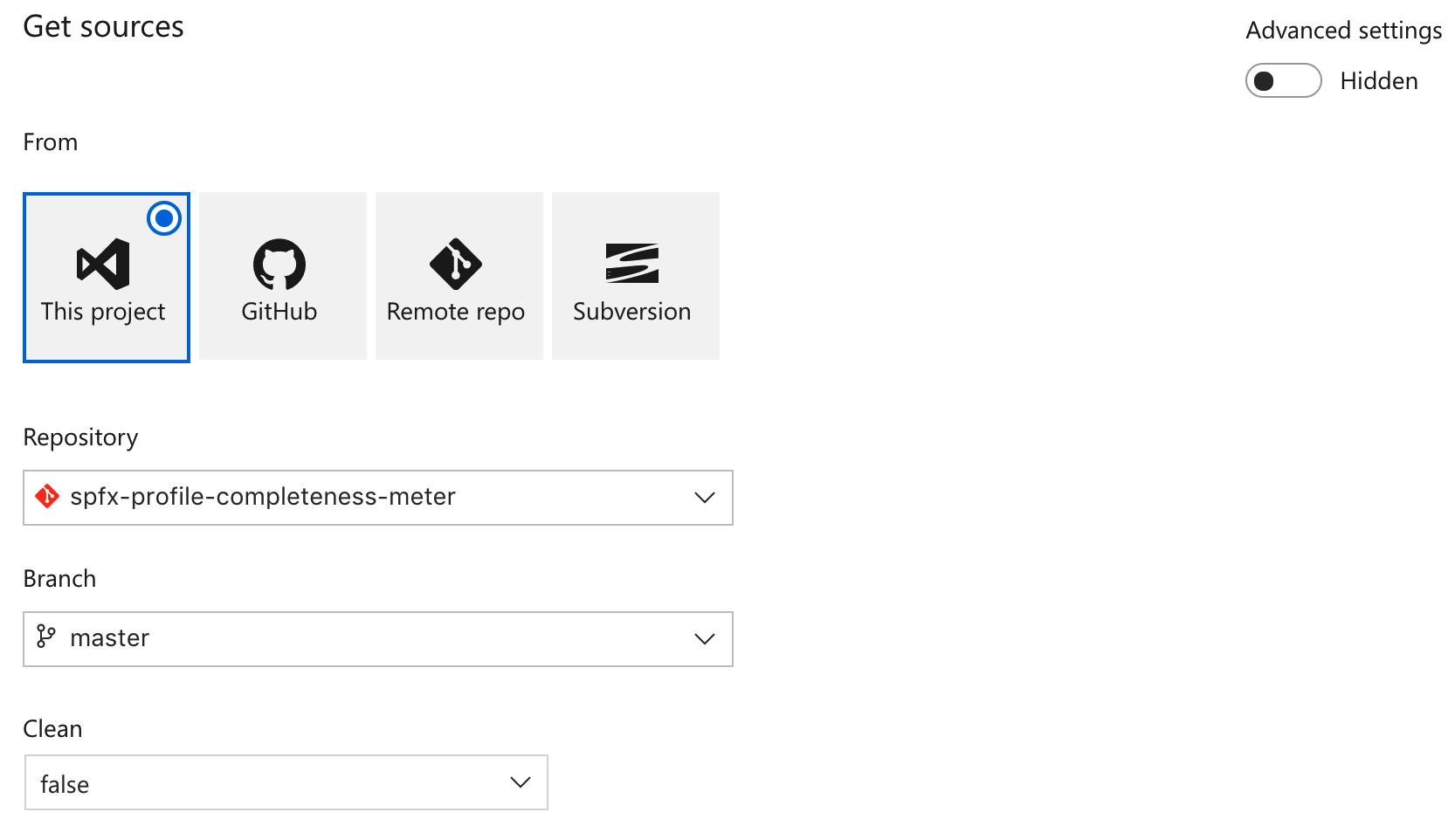
NPM Install – npm

Update CDN Location – Gulp

Bundle Project – Gulp
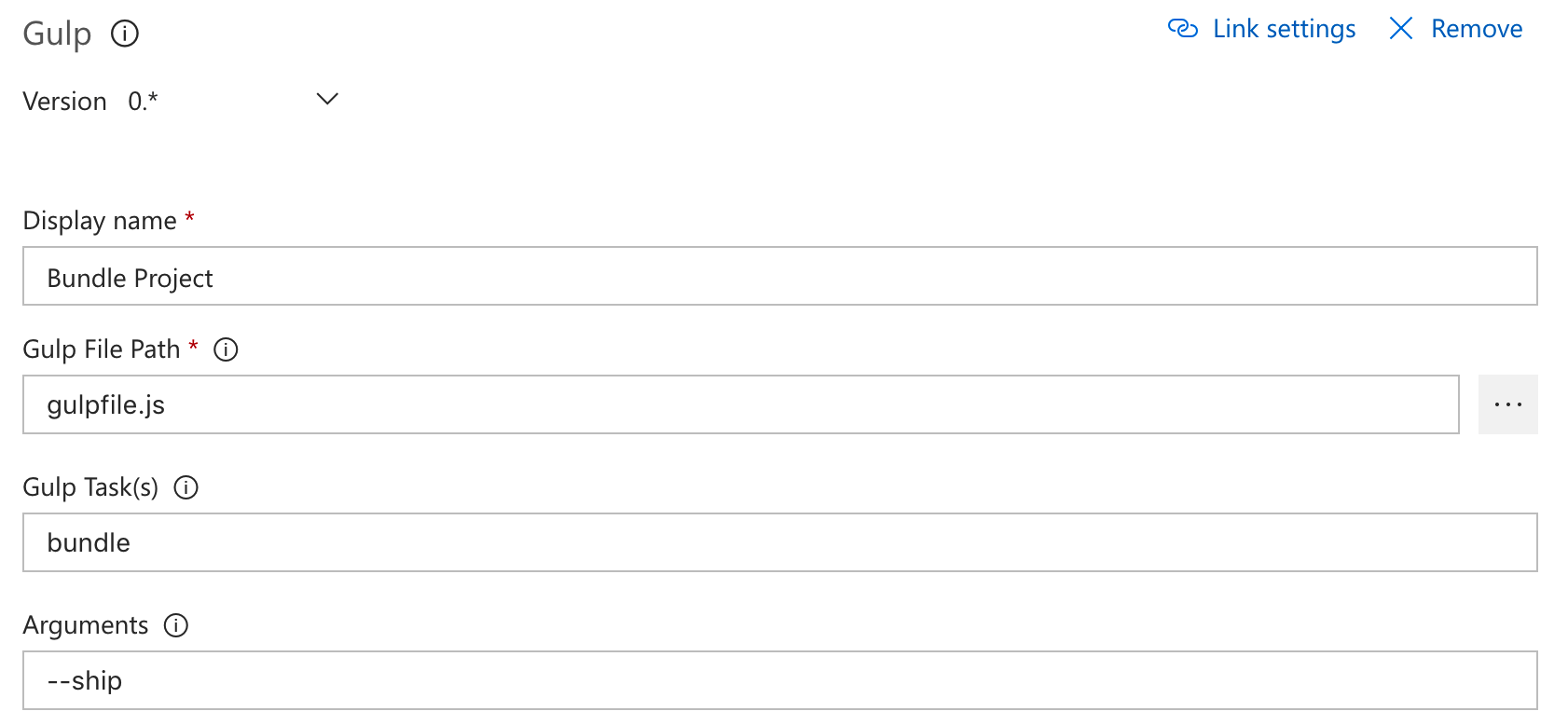
Package Solution – Gulp
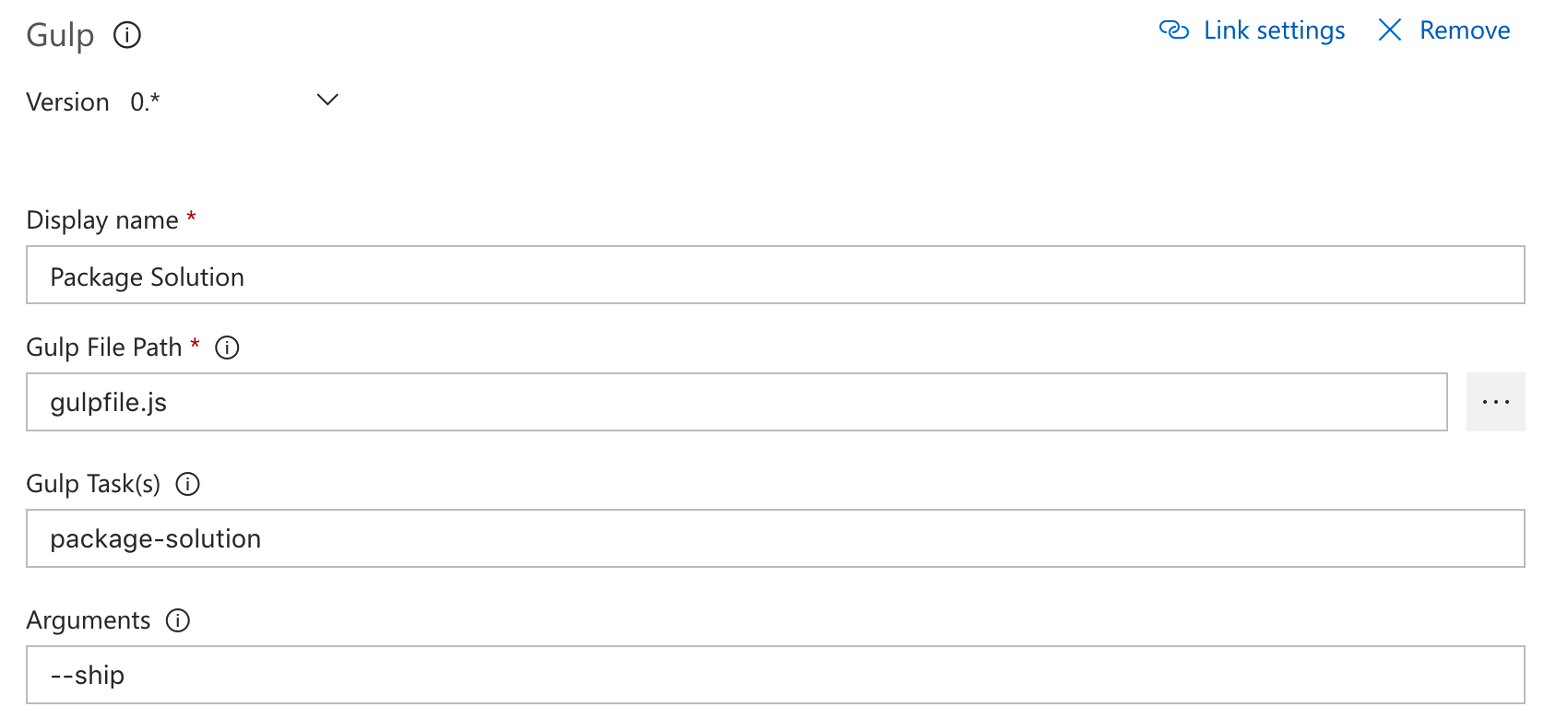
Upload Files in CDN – Gulp

Upload App Package to App Catalog – Gulp

Deploy App – Gulp
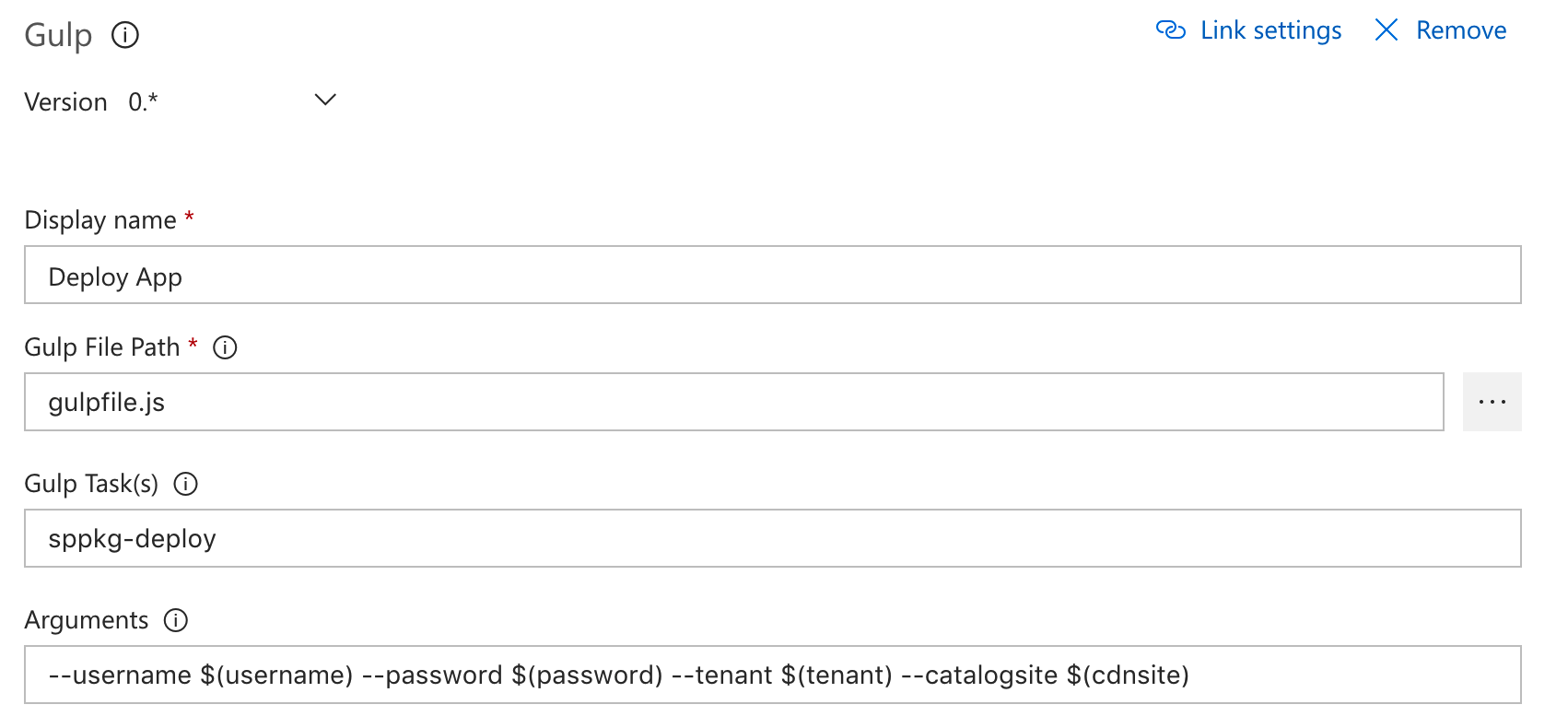
Trigger
Also enable the continuous integration settings so that the build process starts when the latest code is checked-in in master branch.

All done. Now it is time to test our continuous build and release process by pushing a new code change to git repository and check build process get triggered.
Code Change
Let us change the progress bar color to red and check-in the latest change to git.
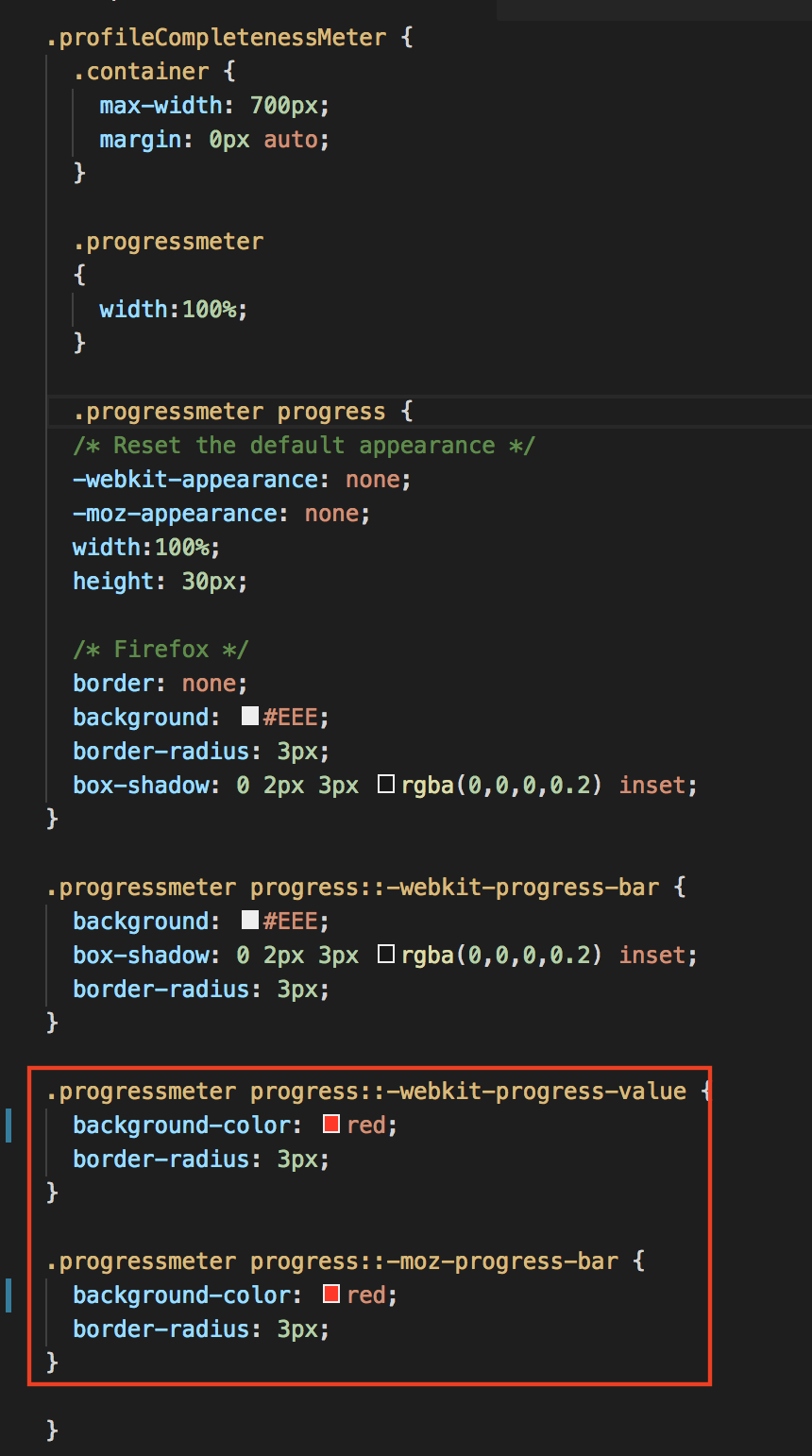
Commit & Push Code Changes

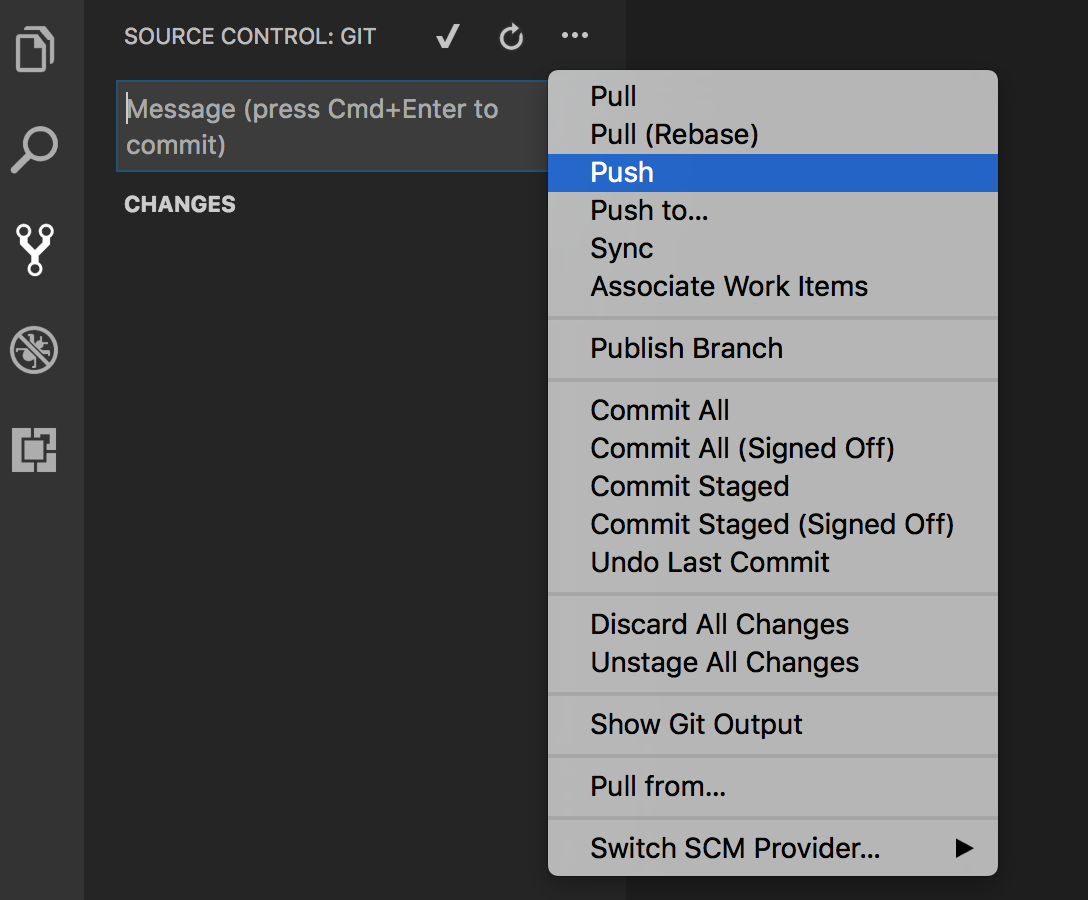
Build and Release Status

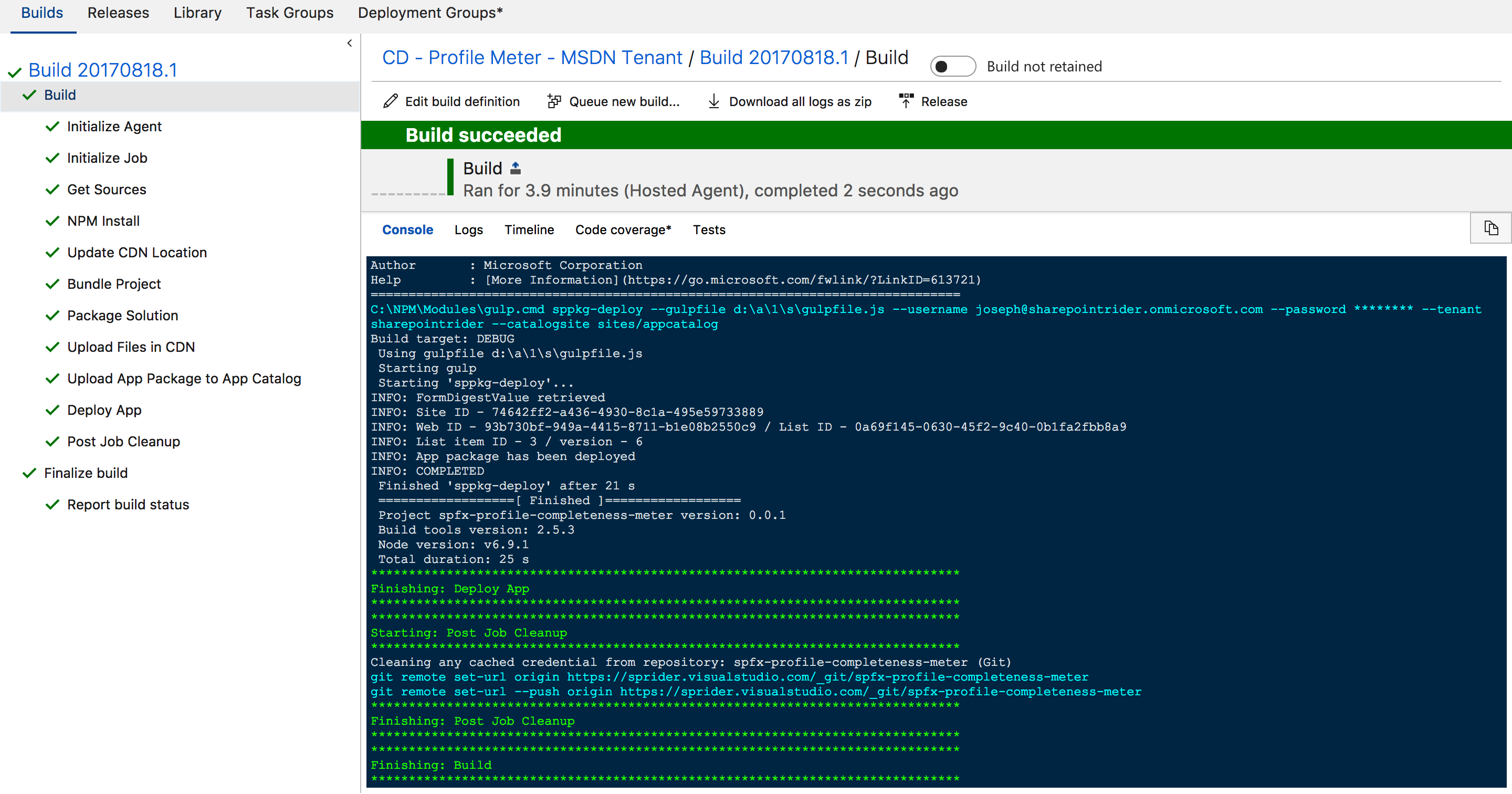

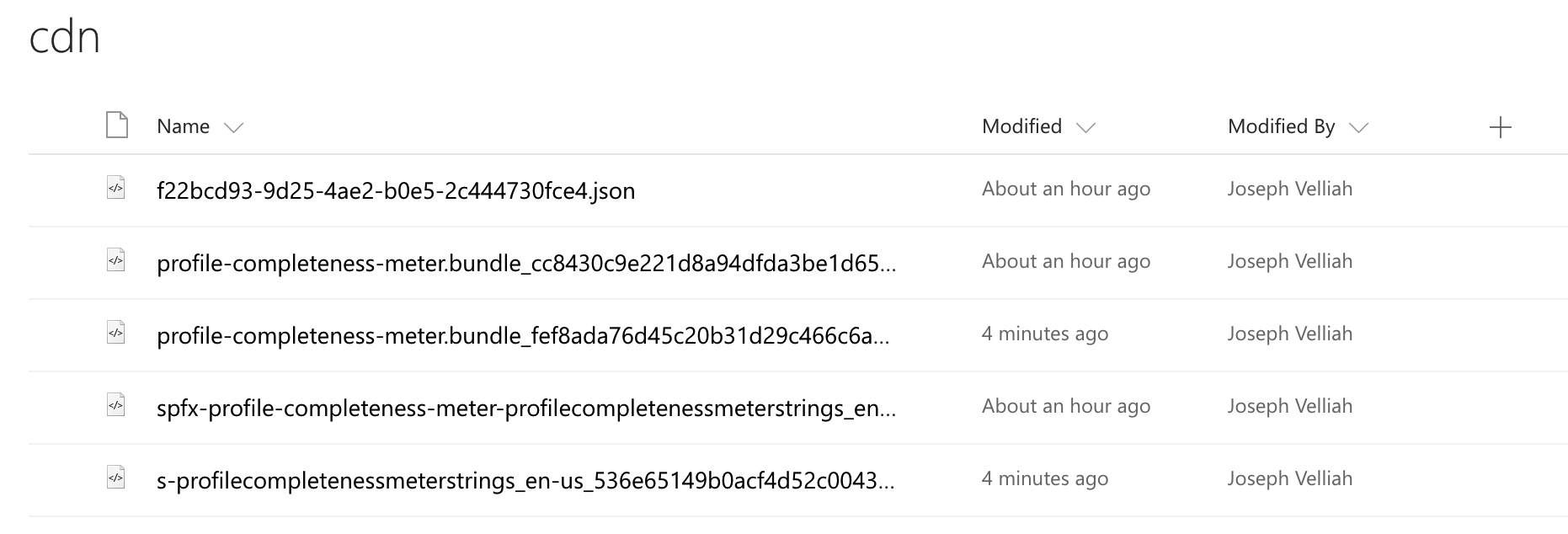

As you can see in the screenshot, the latest code got updated and progress bar color is reflecting.
Email Notification
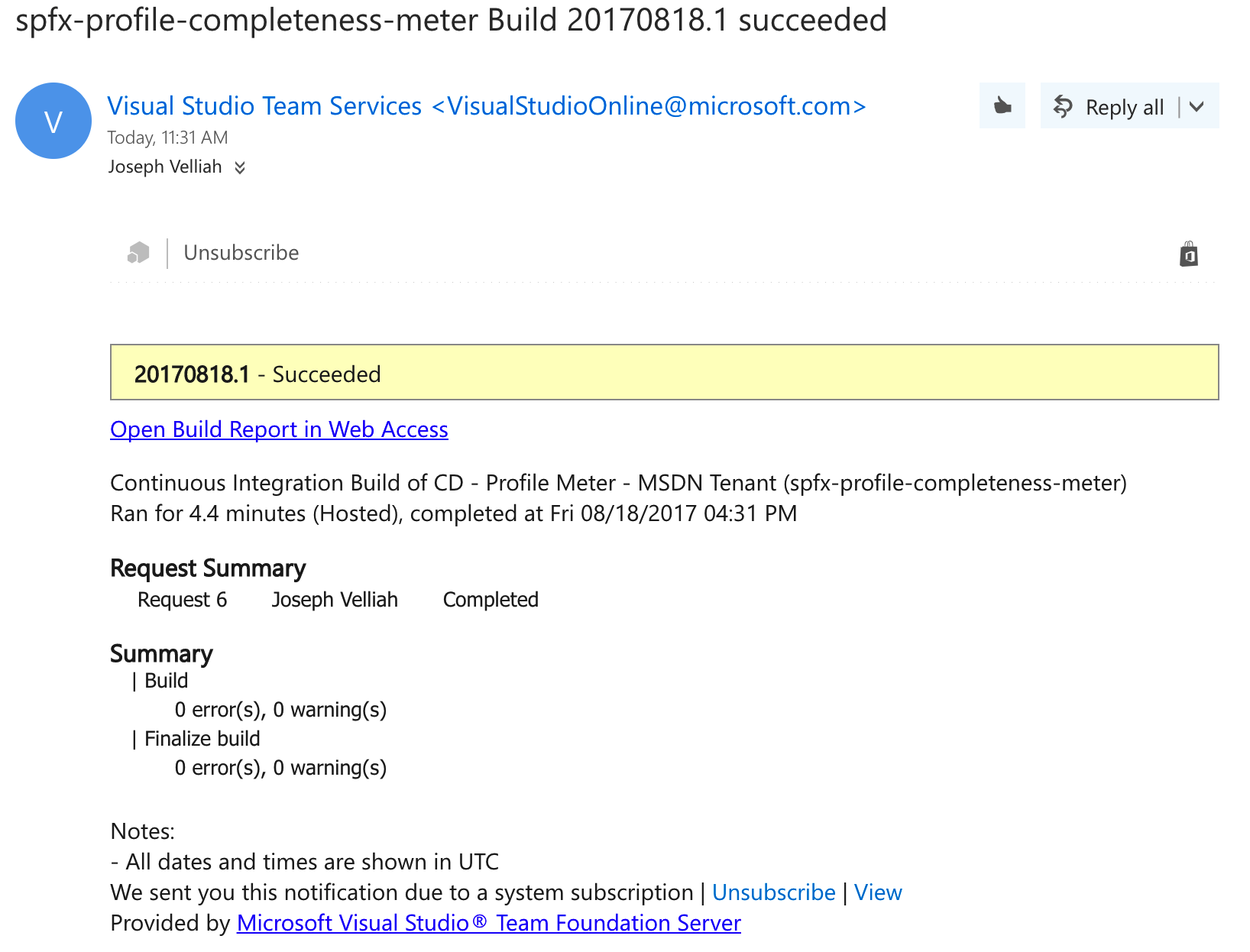
Note: You can isolate the deployment process from the build process using a release template.
